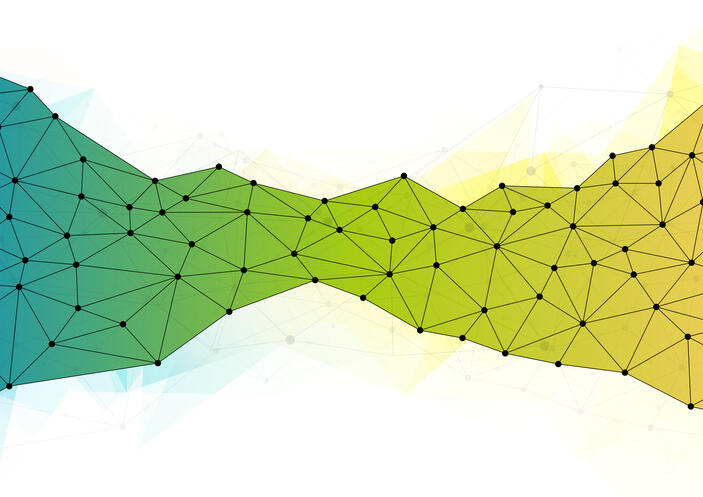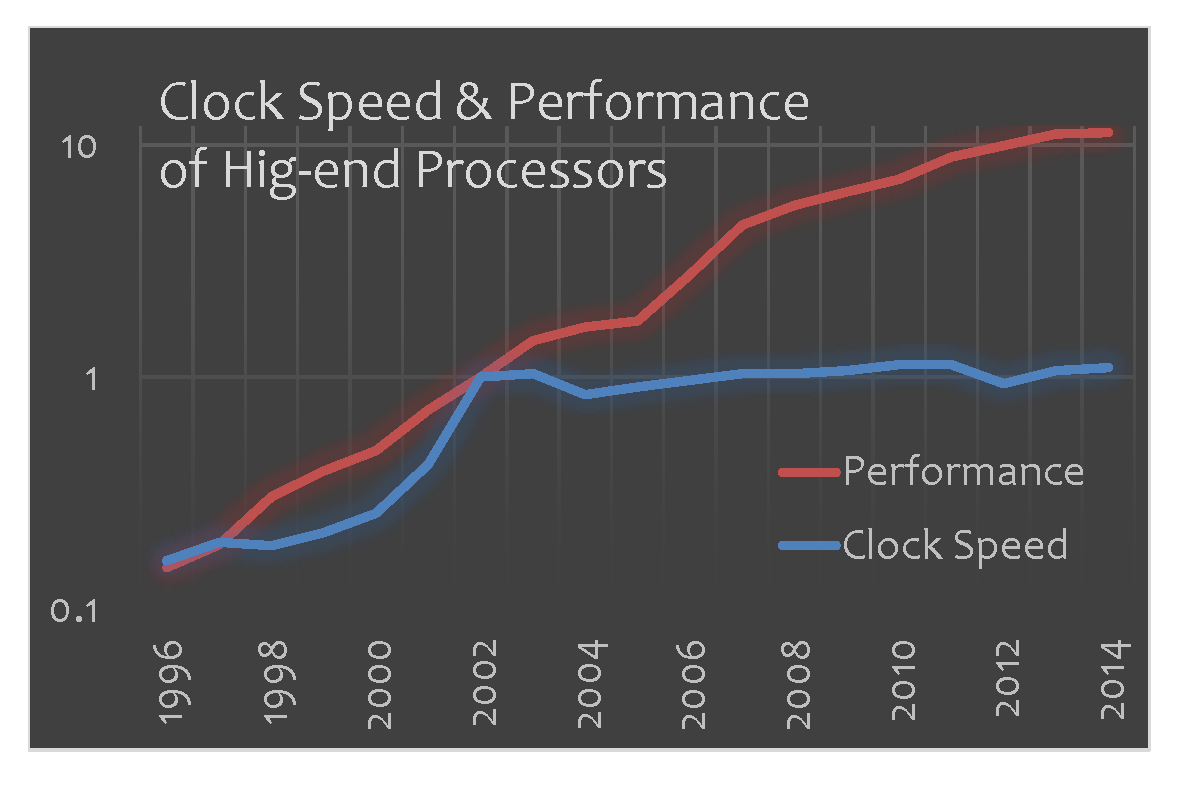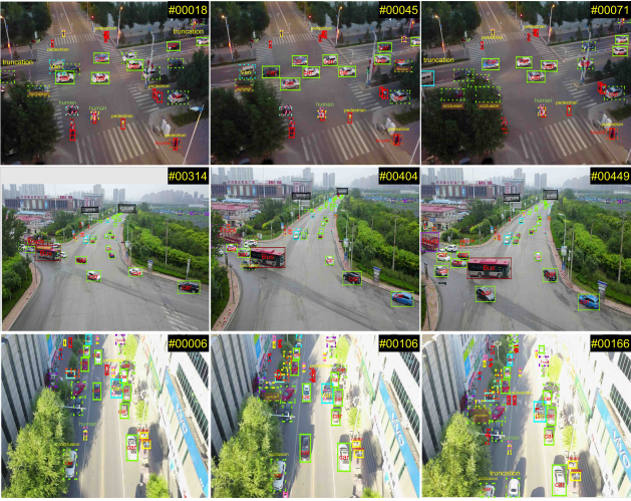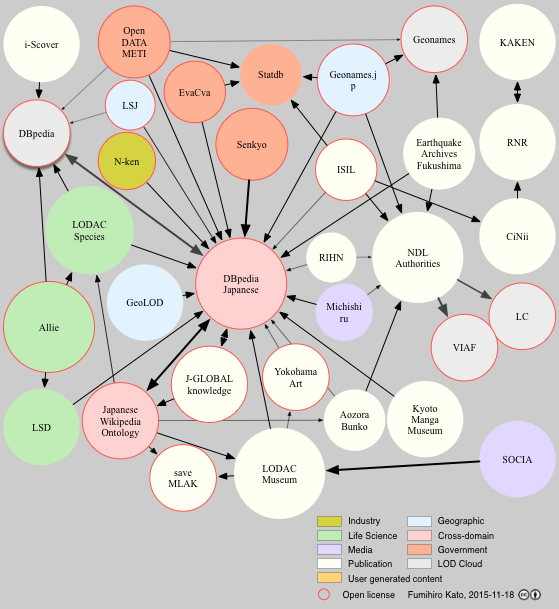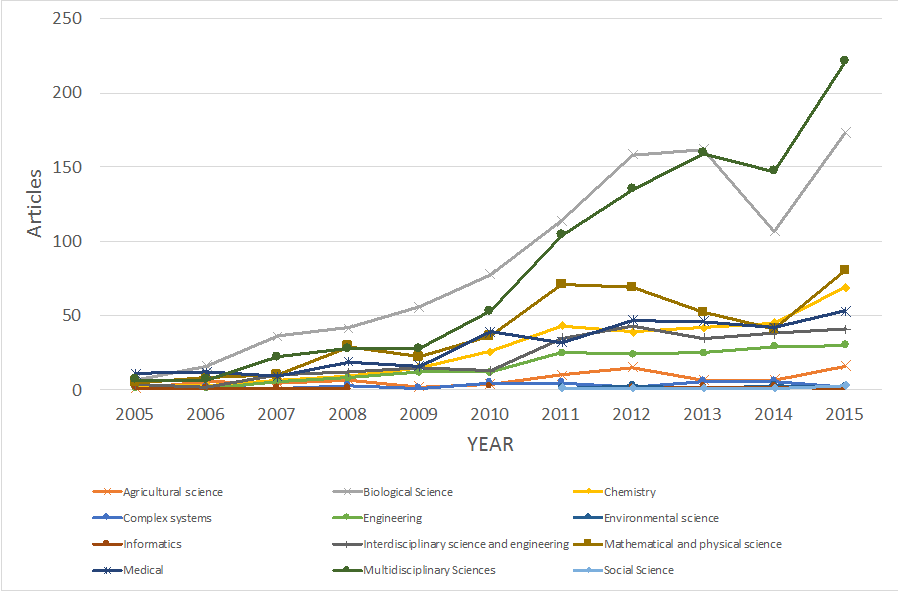| AIZAWA, Akiko |
Natural Language Interface, QA, Knowledge Acquisition, Document Analysis, Semantic Parsing, Dialogue Systems |
|---|
| PRENDINGER, Helmut |
Artificial Intelligence, Deep Learning, Unmanned Aircraft Systems Traffic Management |
|---|
| TAKEDA, Hideaki |
Semantic Web, Knowledge Sharing, Community-Support System, Design Theory |
|---|
| YAMADA, Seiji |
Human-Agent Interaction, Human-Robot Interaction |
|---|
| BONO, Mayumi |
Sociolinguistics, Conversational Informatics, Utterance, Embodied Action, Sign Language, Conversation Analysis, Social Interaction |
|---|
| MIZUNO, Takayuki |
Computational Social Science, Econophysics, Complex Networks, Big Data, Human Behavior |
|---|
| SUGIYAMA, Mahito |
Machine Learning, Data Mining, Statistics, Knowledge Discovery, Bioinformatics |
|---|
| HUANG, Lang |
Self-improving Machine Learning, Efficient Foundation Models, Efficient Learning Algorithms, Computer Vision, Natural Language Processing, Multimodal Learning |
|---|
| KOBAYASHI, Taisuke |
Intelligent Robots, Machine Learning, Data-driven Control, Human-Robot Interaction |
|---|
| KURITA, Shuhei |
Vision and Language Models, Language Understandings in the Real-World, Natural Language Understandings and Computer Vision, Large Language Models, Natural Language Processing |
|---|
| SATO, Ryoma |
Machine Learning, Data Mining, Graph Theory, Optimal Transport, Information Retrieval, User-side Realization |
|---|
| SHIGAKI, Shunsuke |
Intelligent Robots, Neuroethology, Data-driven Control, System Identification, Mechatronics |
|---|
| SUGAWARA, Saku |
Natural language processing, Computational linguistics, Natural language understanding, Machine reading comprehension, Task design, Machine learning |
|---|

